Topic Menu
► Topic MenuTopic Editors
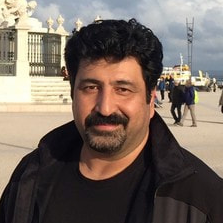
Geospatial Digital Innovations for Smart Agriculture and Forestry
Topic Information
Dear Colleagues,
We are inviting submissions related to innovative geospatial methods and developments and their applications in smart agriculture and forestry, with a specific focus on the following key areas of interest:
- Remote Sensing: This area involves the use of non-invasive techniques such as satellite imagery, aerial photography, UAVs (unmanned aerial vehicles), and LiDAR (light detection and ranging) to capture geospatial data for various applications in agriculture and forestry.
- Developing Digital Earth Systems for Smart Agriculture and Forestry: This key area involves exploring essential algorithms, data structures, and software tools for developing Digital Earth system components for harnessing big geospatial data in smart agriculture and forestry.
- Computational Techniques in Smart Agriculture and Forestry: This involves developing and utilizing novel computational methods in Digital Earth’s optimization and simulation models to improve smart agriculture and forestry practices.
- Artificial Intelligence (AI): The focus lies in exploring machine learning, deep learning, and generative AI techniques within smart agriculture and forestry domains. Instances of application include the monitoring and detecting of plants, livestock, and farm production, as well as the synthesis of scarce and difficult-to-acquire geospatial or farm-related training data using generative AI. Moreover, this field encompasses the prediction of natural disturbances affecting both forest ecosystems and farmlands, as well as the detection of disaster damage, among other topics.
- Visualization in Digital Earth: This involves investigating and implementing advanced techniques that enable a more expressive and engaging representation of big, complex geospatial datasets. This area of interest includes exploring visualization methods such as virtual reality (VR), augmented reality (AR), physicalization, and interactive 3D modelling of the earth to present geospatial data using well-designed interaction methods. The goal is to assist various smart agriculture and forestry stakeholders in understanding the data more fully in order to make informed decisions.
Dr. Faramarz F. Samavati
Dr. Ali Mahdavi-Amiri
Topic Editors
Participating Journals
| Journal Name | Impact Factor | CiteScore | Launched Year | First Decision (median) | APC | |
|---|---|---|---|---|---|---|
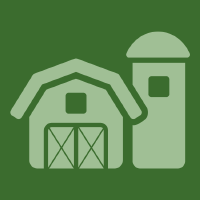
Agriculture
|
3.6 | 3.6 | 2011 | 17.7 Days | CHF 2600 | Submit |
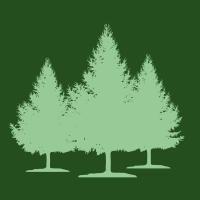
Forests
|
2.9 | 4.5 | 2010 | 16.9 Days | CHF 2600 | Submit |
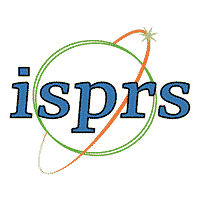
ISPRS International Journal of Geo-Information
|
3.4 | 6.2 | 2012 | 35.5 Days | CHF 1700 | Submit |
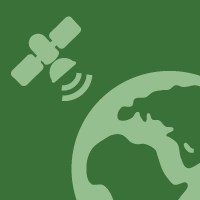
Remote Sensing
|
5.0 | 7.9 | 2009 | 23 Days | CHF 2700 | Submit |

MDPI Topics is cooperating with Preprints.org and has built a direct connection between MDPI journals and Preprints.org. Authors are encouraged to enjoy the benefits by posting a preprint at Preprints.org prior to publication:
- Immediately share your ideas ahead of publication and establish your research priority;
- Protect your idea from being stolen with this time-stamped preprint article;
- Enhance the exposure and impact of your research;
- Receive feedback from your peers in advance;
- Have it indexed in Web of Science (Preprint Citation Index), Google Scholar, Crossref, SHARE, PrePubMed, Scilit and Europe PMC.


